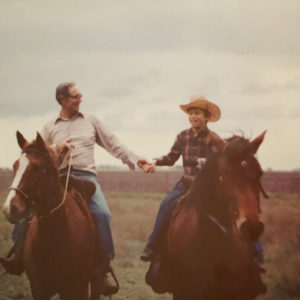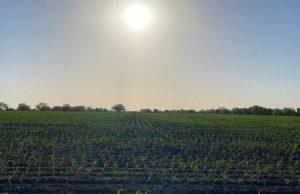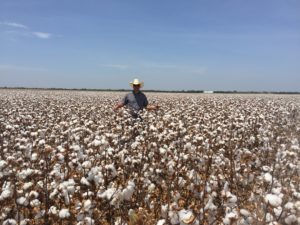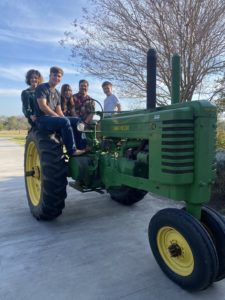Podcast: Play in new window | Download

Welcome back to “I Call Shotgun!” the podcast where the passenger gets to pick the topic and the destination.
In this episode, Kristen changes up who she rides with as it isn’t a close friend of hers, but rather someone closer: her parent.
Being away from home, it comes as no surprise what a college student might be feeling. There are many ups and downs that come with being in college hundreds of miles away. These experiences are unique but similar among people in multiple ways. Joining Kristen for this ride is her father, who is a former student of Texas A&M University and knows all too well the struggle of leaving home to the highlight that is becoming an Aggie. Kristen interviews her father with the topic of conversation being that of sending your kid away not only to college but to one that is six hours away from home.
Together, they share their unique perspectives on the experience of going to college far from home on “I Call Shotgun!”. The parent gets to speak about their worries about being far from their child and how they stay connected while Kristen adds a little bit of that student perspective. As the car cruises down the roads of College Station, the conversation shifts from advice to jokes, making this a lighthearted episode of the “I Call Shotgun!” podcast. Through both of their stories, we get a glimpse into the complex world that is college life. College life is where students and parents alike navigate new challenges and forge deeper connections.
Grab a seat and join us on this ride as we explore the ups and downs of college far from home. Whether you’re a student, a parent, or curious about the college experience, “I Call Shotgun!” is the perfect podcast!
 ” is coming in hot with its first-ever episode! And now it is here with college stories from two college students building their futures while away from home.
” is coming in hot with its first-ever episode! And now it is here with college stories from two college students building their futures while away from home.


 The operation currently produces corn, cotton, and grain sorghum. In addition, seasonal cover crops such as winter wheat are grown to enhance soil matter. Most of these products are sold or traded to make animal feeds and textiles. However, we use some of these products to feed the ranch’s livestock. The planting season for these crops usually begins in late February and spans until early May, ending just in time to prepare for summer harvest. This period is one of the most stress-inducing parts of the production agriculture process. The weather in these months can make or break a good crop.
The operation currently produces corn, cotton, and grain sorghum. In addition, seasonal cover crops such as winter wheat are grown to enhance soil matter. Most of these products are sold or traded to make animal feeds and textiles. However, we use some of these products to feed the ranch’s livestock. The planting season for these crops usually begins in late February and spans until early May, ending just in time to prepare for summer harvest. This period is one of the most stress-inducing parts of the production agriculture process. The weather in these months can make or break a good crop. This episode is special to me, as it encompasses my life growing up. This is what made me who I am. So, welcome to the family! These are the roots.
This episode is special to me, as it encompasses my life growing up. This is what made me who I am. So, welcome to the family! These are the roots.